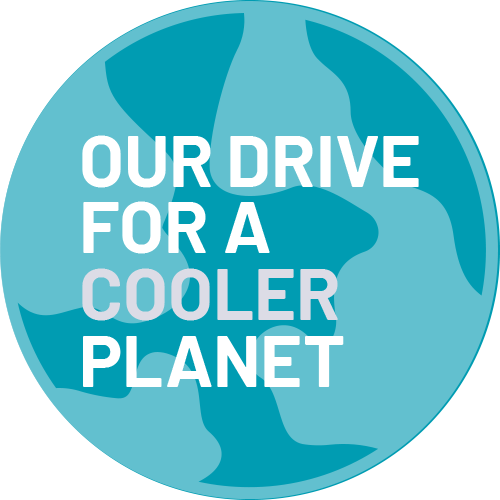Case Study
Optidrive P2 provides significant energy savings in biological water purification
Problem
Oxygen has to be pumped at different rates depending on environmental conditions and the amount of waste sludge. A simple on and off system would not work efficiently and would increase energy and associated costs.
Solution
Specialist water technology, design and management company So.T.Eco SpA introduced an oxygenation process into the Robecco sul Naviglio Water Purification Plant, controlled by eight Optidrive P2 VFDs capable of constantly changing the amount of oygen required.
So T Eco Spa
Significant energy and cost savings have been made in the biological purification process at an Italian water plant following the introduction of variable frequency drives into the process.
Specialist water technology, design and management company So.T.Eco SpA, managed by dott Salvatore Barletta, introduced an oxygenation process into the Robecco sul Naviglio Water Purification Plant, close to Milan, after being appointed to upgrade and renovate the existing facility.
The process pumps oxygen evenly into the waste sludge which encourages the activation and growth of bacteria. These in turn consume the organic matter during the water purification process before clean water is released back into a river.
However, the amount of oxygen must be varied to suit changing environmental conditions as well as the amount of sludge being processed. This is where VFD technology improves the efficiency of the process and reduces energy and maintenance costs.
Accurate regulation of the oxgen is needed
“In biological purification plants it is important to regulate the supply of oxygen adequately as insufficient oxygenation impairs the result of purification while excessive oxygenation results in considerable energy costs for pumps or other ventilation devices,” said Mr Roberto Giordano, Technical Manager at So.T.Eco SpA.
“It can also create excessive wear on the components used which can cause maintenance costs and expensive downtime.”
Introducing Invertek’s Optidrive P2 VFD technology means the pump speed can be accurately controlled depending on the conditions and to ensure an even spread throughout the activated sludge process.
Mr Giordano said: “In order to obtain a good regulation and always keep the oxygen concentration as close as possible to optimal levels, it is necessary to avoid switching the pumps on and off. Instead, a variable-flow device was needed and we opted for the Optidrive P2 from Invertek Drives due to its accurate control functions, ease of set up and use, and, importantly, its durability.
“By doing this the oxygenation process can be altered precisely depending on the various factors.”
A drive capable of handling a high torque at start-up was needed
The company worked with Invertek Drives Italia / SP Electric to identify the right drive for the process. It was necessary to have a drive capable of a high torque at start-up as well as being easy to set up.
Vincenzo di Giuseppe, Area Manager at Invertek Drives Italia, said: “The Optidrive P2 is perfect for a demanding environment like water purification. It’s a high-performance drive and is more than capable of dealing with a high starting torque. It can handle a 150% overload for 60 seconds as standard which makes it perfect for heavy-duty applications.”
Eight Optidrive P2s were commissioned into the application
Eight 3PH Optidrive P2 VFDs were used in the application. They included two 380V, Size 5, 37kW, 72A; two Size 3, 480V, 5.5Kw, 14A; two Size 2, 380V, 4kW, 9.5A; and two Size 3, 380V, 18A, 7.5kW. The Optidrive P2 is available in IP20, IP55 and IP66 / NEMA 4X enclosures.
A new Size 8 has also been introduced capable of controlling electric motors up to 480A with a power rating up to 250kW / 400HP.
The new range also adds DNV marine certification, in addition to a built-in EMC filter to meet Category C3 with a factory fit option to upgrade to a high-performance EMC filter that meets Category C2. They also come with high-definition TFT displays as standard.
The IP20 and IP55 / NEMA 12 both have an ambient operating temperature up to 50˚C and conform to UL, cUL, EAC and RCM, in addition to DNV.














